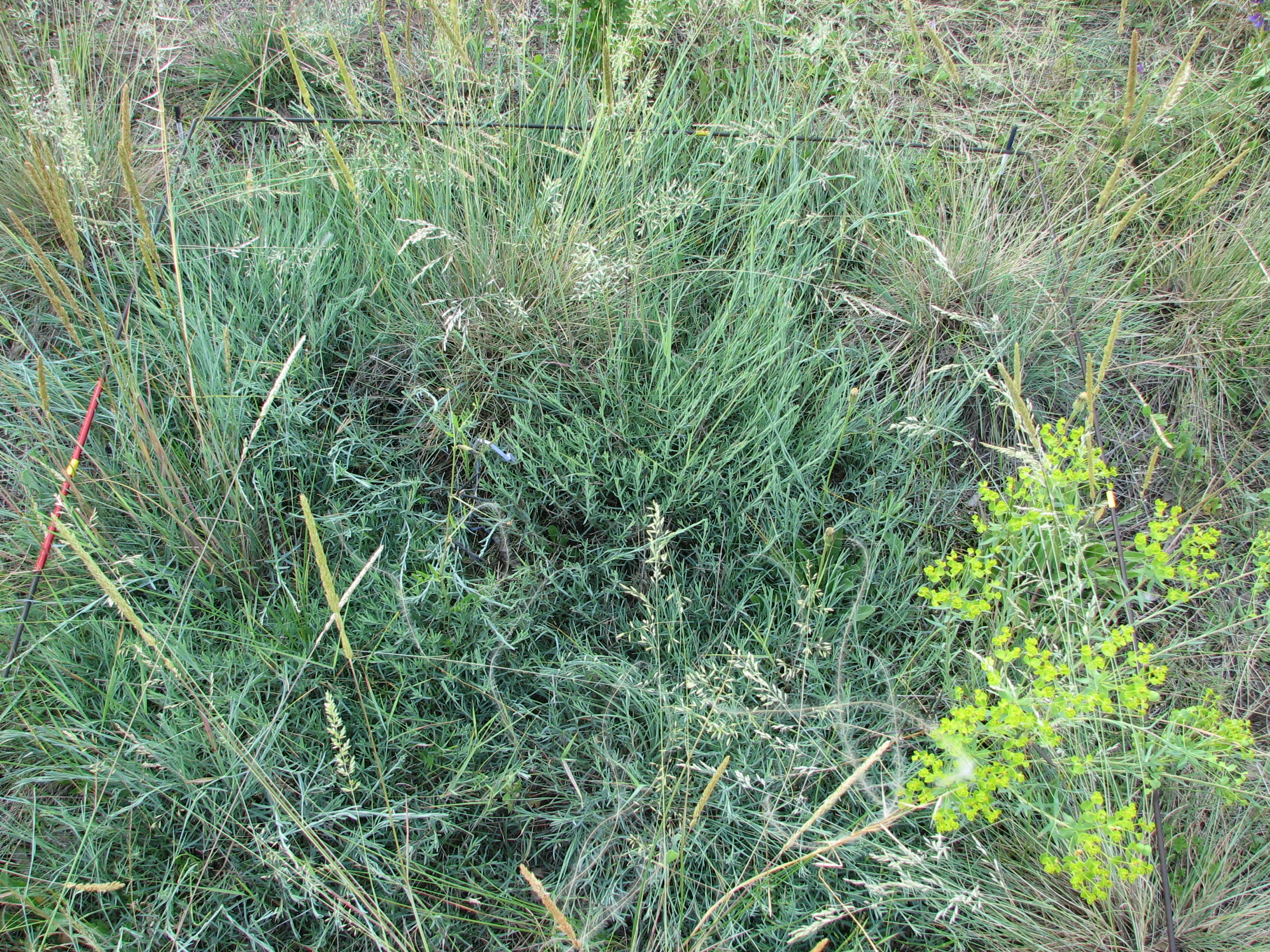
The Restoration Ecology Research Group of HUN-REN, CER-IEB conducted long-term monitoring of vegetation changes over a period of 17 to 25 years at three restoration experiments in the Kiskunság, Hungary. These sites underwent different restoration treatments, including native seeding, mowing, and carbon amendment. The study aimed to examine how these interventions influence the abundance of annual and perennial invasive alien plants over time, and how invasion dynamics are shaped by propagule pressure within a 100-meter buffer.
The findings were encouraging for annual invaders: their cover generally declined over time, particularly in areas where native seeding was applied. Seeding proved to be the most effective method in controlling these short-lived, fast-spreading species. In contrast, the situation was quite different for perennial invaders. These species consistently increased in cover over the decades, regardless of the type of intervention or the amount of invasive propagule pressure within a 100-meter buffer.

Unexpectedly, local propagule pressure had little influence on invasion trends, suggesting that larger-scale processes and long-distance dispersal play a more dominant role. Mowing, although commonly used to control invasive species, may inadvertently aid invasive species by creating “colonisation windows” for opportunists already present in the landscape.
The authors stress that current restoration methods are insufficient to tackle the long-term threat of perennial invasive species. Once established, these plants are notoriously hard to remove, and their increasing dominance can threaten native biodiversity and restoration success. Therefore, more targeted, proactive strategies are needed—ones that take into account the life history traits and dispersal mechanisms of problematic perennials.
In conclusion, the study calls for a shift from site-level restoration to broader, landscape-scale approaches. Successful restoration must consider not only conditions within the restoration site, but also the surrounding ecological context, including propagule availability, disturbance regimes, and the resilience of native plant communities.


